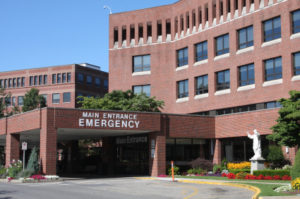Another study has linked socio-economic factors to increased hospital readmissions.
This latest study, published in the Journal for Healthcare Quality, found that
… meaningful risk-adjusted readmission rates can be tracked in a dynamic database. The clinical conditions responsible for the index admission were the strongest predictive factor of readmissions, but factors such as age and accompanying comorbid conditions were also important. Socioeconomic factors, such as race, income, and payer status, also showed strong statistical significance in predicting readmissions.
Conclusions: Payment models that are based on stratified comparisons might result in a more equitable payment system while at the same time providing transparency regarding disparities based on these factors. No model, yet available, discriminates potentially modifiable readmissions from those not subject to intervention highlighting the fact that the optimum readmission rate for any given condition is yet to be identified.
 The study found that low-income patients are more likely to require readmission to the hospital than those with higher incomes and hospitals that serve higher proportions of low-income patients are more likely to incur Medicare penalties for readmissions than other hospitals.
The study found that low-income patients are more likely to require readmission to the hospital than those with higher incomes and hospitals that serve higher proportions of low-income patients are more likely to incur Medicare penalties for readmissions than other hospitals.
These are the very patients served in especially large numbers by Pennsylvania’s private safety-net hospitals.
To learn more about the study, how it was conducted, and what it found, find the study “Patient Factors Predictive of Hospital Readmissions Within 30 Days” here, on the web site of the Journal for Healthcare Quality.